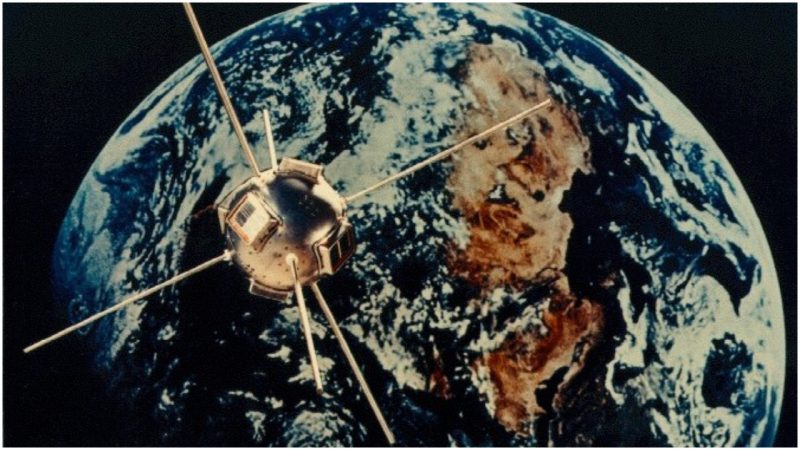The second scientific satellite that the U.S. ever launched is still orbiting the Earth. According to NASA, Explorer 1 was the first satellite the U.S. sent into space, on February 1, 1958.
Vanguard 1 was the second, launched just six weeks later, on March 17th.
Vanguard was designed to test launch capabilities of a three-stage launch vehicle and the effects of the space environment on a satellite and its systems in Earth orbit. Today, it’s been circling the Earth for just over 60 years, making it the oldest surviving man-made satellite.
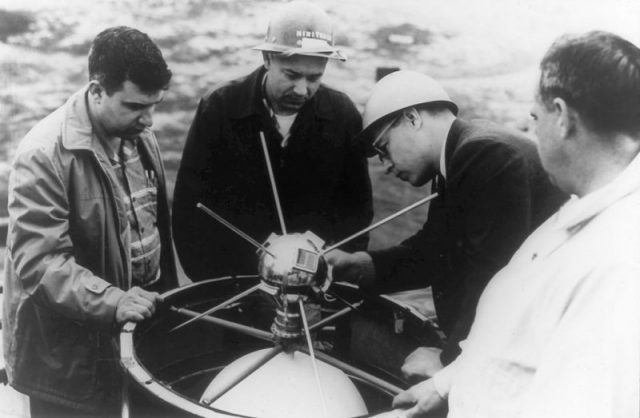
According to NBC News, which did a piece ten years ago to celebrate Vanguard’s 50th anniversary, at that time the craft, had already completed 197,000 circuits of the Earth, and had traveled more than 6 billion miles.
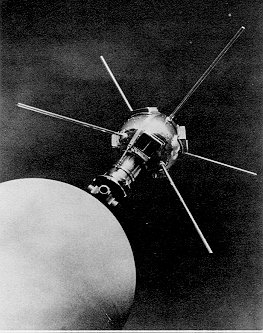
Only the Voyager and Pioneer probes — on their way to the edges of the solar system — have gone farther. Vanguard’s current orbit ranges from between 400 and 2,400 miles above the Earth, and the high point has only dropped about sixty miles in the last half-century.
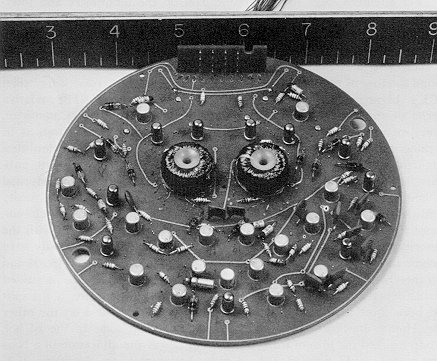
Vanguard is the world’s first solar-powered satellite, and thanks to its instruments, scientists have learned incredible amounts of information regarding the planet’s size and shape, its air density and temperature ranges, and the micrometeorite density in space. It taught us that the Earth isn’t actually round, but rather a little pear-shaped, with a symmetric bulge around the equator.
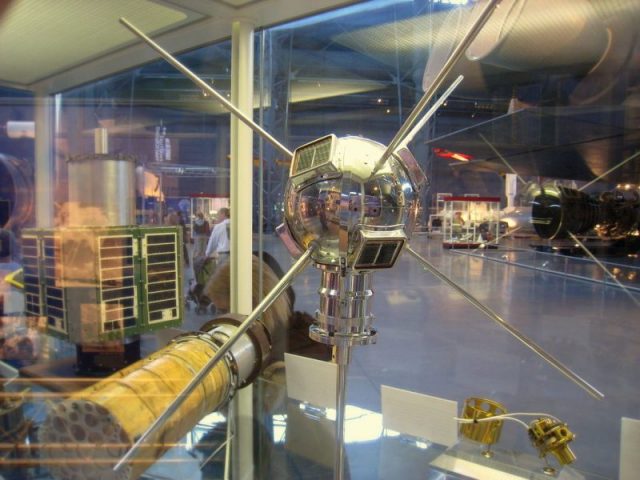
The satellite itself is quite small. It has a diameter of about 6.4 inches, and weighs three and a quarter pounds — about the size of a grapefruit. It was so much smaller than Sputnik or Sputnik 2 that the Soviet Premier made fun of it.
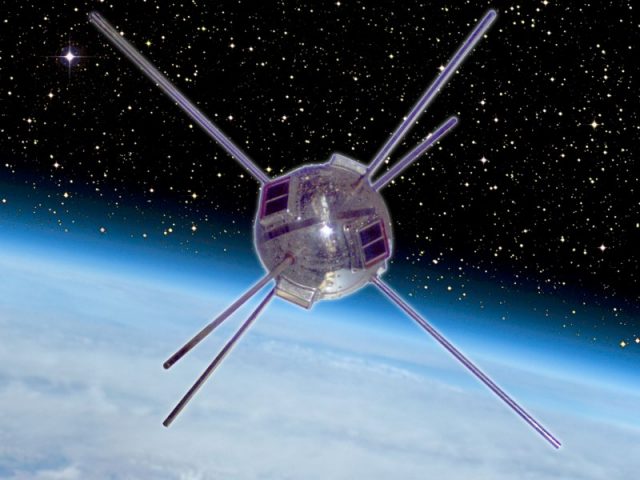
In a BBC report, space debris analyst Tim Flohrer said, “The earlier satellites, such as Sputnik, have all re-entered the atmosphere, but I estimate that Vanguard 1 will remain in orbit for several hundred, if not a thousand years.” Developed by the Naval Research Laboratory (NRL), Vanguard was to be America’s first satellite program. Its system was meant to be a three-stage rocket, designed to launch a civilian scientific spacecraft.
The rocket, satellite, and a considerable number of tracking stations were the American contribution to the 1957-1958 International Geophysical year. This collaboration for scientific research involved 67 nations, from both sides of the Iron Curtain.
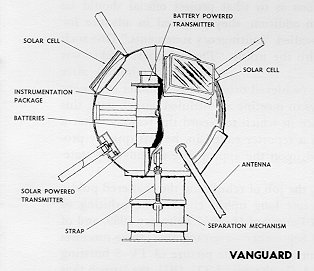
NRL historian Angelina Callahan said that the U.S. was very open about the launch and its intended purposes, but the Soviets played their cards closer to their chest. When the Soviets launched Sputnik in October of 1957, the American satellite team was surprised and disappointed that their colleagues in the international partnership hadn’t told them that they were sending up a satellite, too.
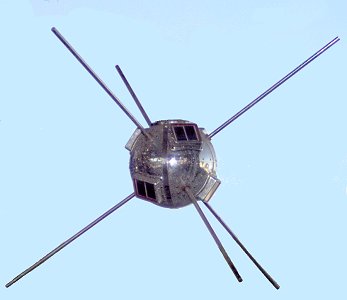
Sputnik’s launch generated a lot of fear in the U.S. with the awareness that the Soviet Union could now launch missiles at the U.S., and the White House put a lot of pressure on the NRL team to get a satellite up as soon as possible.
On February 1, 1958, Explorer 1 was launched, after being designed and built in just three months. It was fitted with a cosmic ray detector, to measure space radiation. Vanguard 1 followed on March 17th. Because Vanguard is solar powered, it kept sending back information until 1965. Explorer only did so for a few months.
Not only is Vanguard 1 still in orbit, but it has left a lasting legacy. Its rocket systems formed the basis for the Delta launch vehicle, which is one of the most successful launchers in the world, and long-term tracking of the satellite continues to give scientists useful information about how our atmosphere influences satellites and how orbits decay over time.
